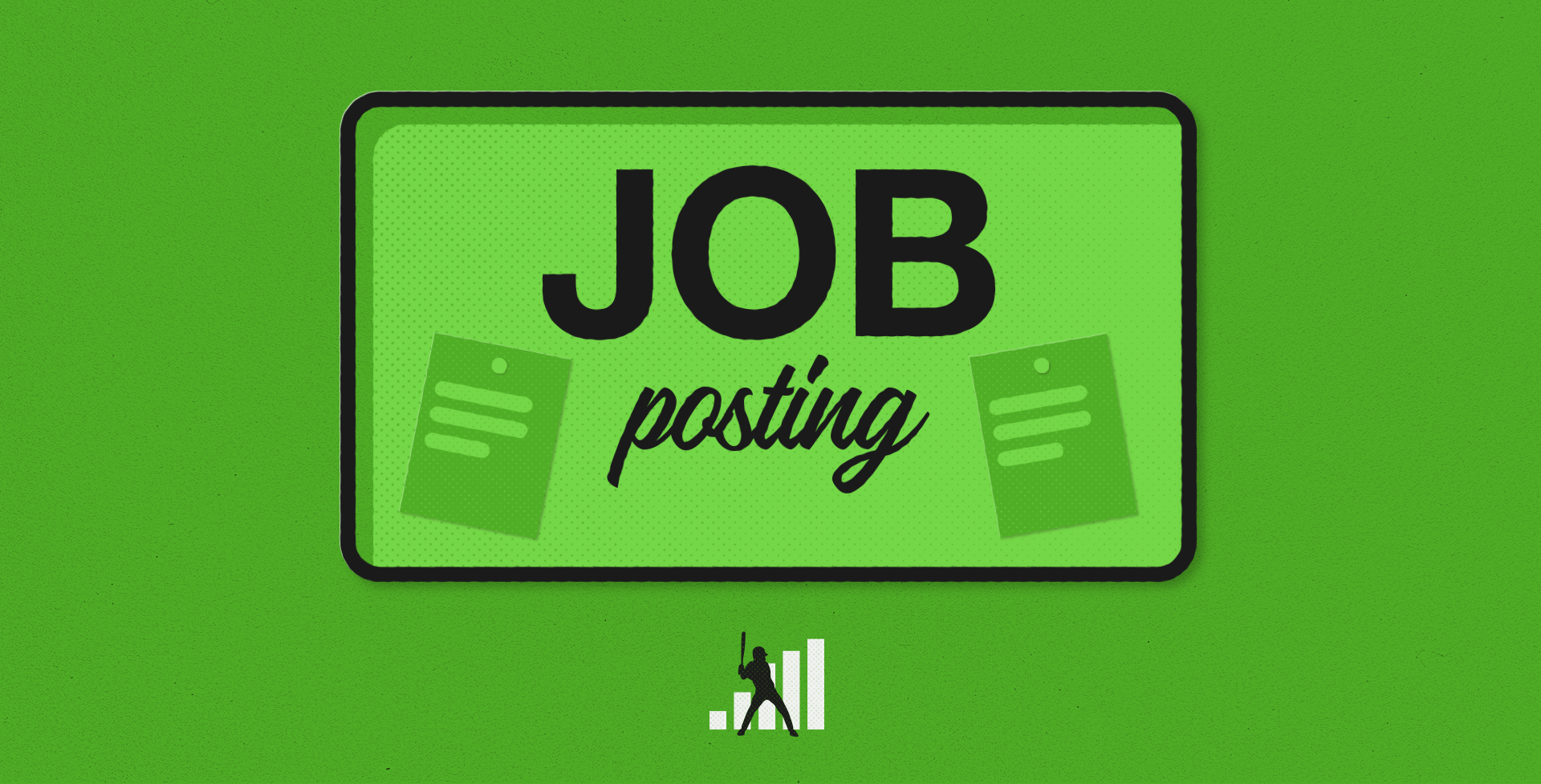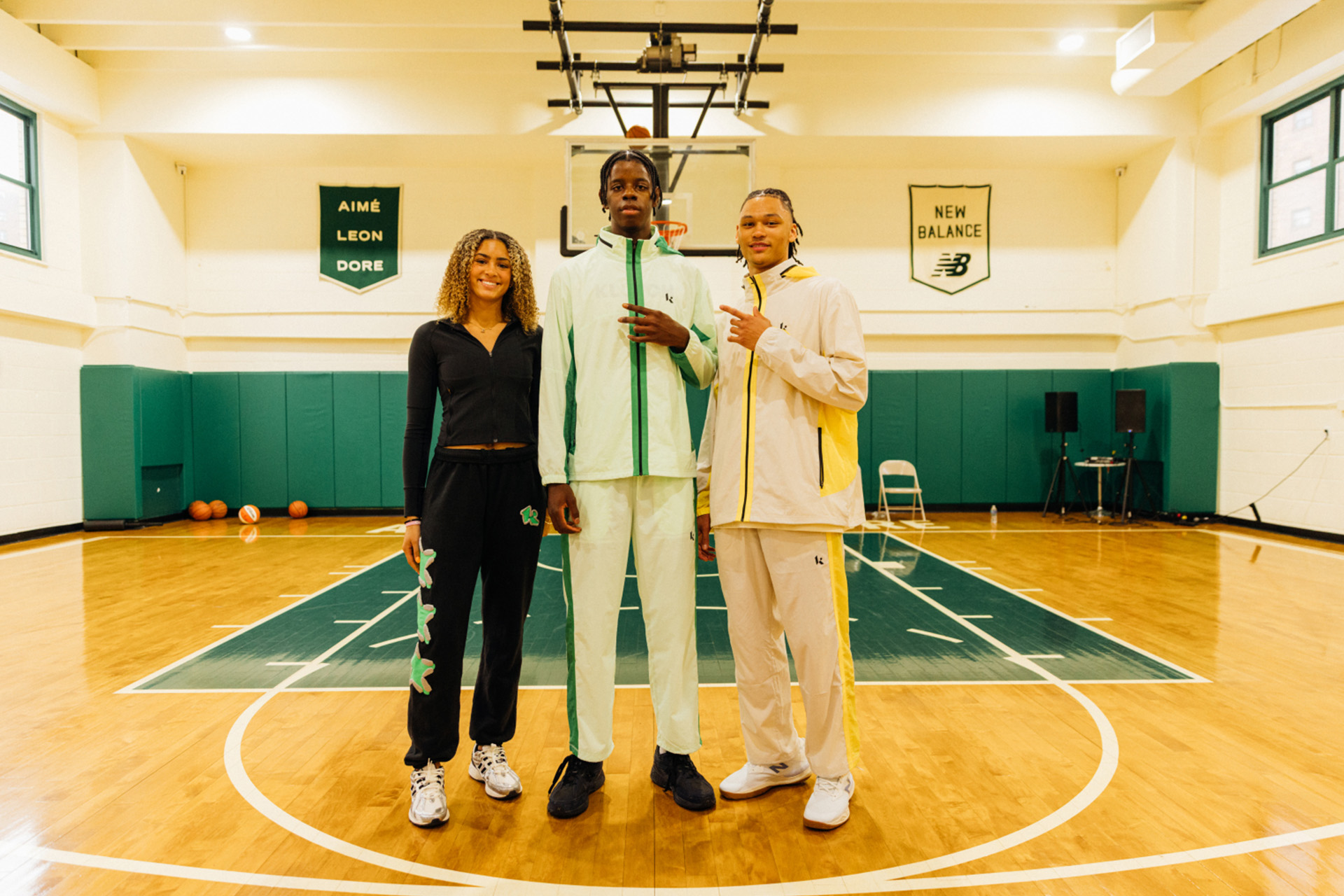[ad_1]

At best, the Rays (54-52) and Cubs (51-56) are on the outskirts of their leagues’ respective Wild Card races, and while both have been busy ahead of the July 30 trade deadline, they’re geared towards improving for down the road rather than this season. On Sunday, the two teams came together for a swap of club-controlled third basemen, with Isaac Paredes heading to Chicago and Christopher Morel to Tampa Bay along with a pair of pitching prospects, righties Hunter Bigge and Ty Johnson.
The 25-year-old Paredes is no stranger to the Cubs, as they signed him out of Mexico for an $800,000 bonus in July 2015, then traded him to Tigers on July 31, 2017 — when he was still in A-ball — alongside Jeimer Candelario in exchange for Alex Avila and Justin Wilson. Since being dealt to the Rays in April 2022, he’s developed into an effective middle-of-the-lineup hitter. After receiving down-ballot MVP support for his 31-homer, .250/.352/.488 (137 wRC+) performance last year, he made his first All-Star team this year, and is currently hitting .245/.357/.435 (130 wRC+) with 16 homers.
Despite that output, Paredes does not hit the ball very hard. His 85-mph average exit velocity ranks in just the fourth percentile, while his 26.1% hard-hit rate is in the fifth percentile; his 5.4% barrel rate is in the 26th percentile. But Paredes excels at pulling fly balls, and particularly at depositing them into the left field corner, which at Tropicana Field is closer to home plate (315 feet) than any current ballpark, since balls hit to Fenway Park’s Green Monster (310 feet away but with a 37-foot high wall) and Minute Maid’s Crawford Boxes (315 feet away with a 21-foot high wall) both require greater elevation to get out. Entering Sunday, Paredes’ 46 pulled fly balls tied him with Anthony Santander for the major league lead, with all 16 of his homers coming via that route.
Here’s a look at his spray charts for the past two seasons:

Since the start of 2022, Paredes has the highest rate of pulled flies in the majors, but note that he’s not exactly scorching them:
Highest Rate of Pulled Fly Balls, 2022–24
| Player | Pulled FB% | HR | SLG | xSLG | wOBA | xwOBA | EV (MPH) | Hard Hit% | Barrel/BBE% |
|---|---|---|---|---|---|---|---|---|---|
| Isaac Paredes | 51.3% | 65 | 1.957 | .892 | 1.007 | .473 | 93.3 | 53.8% | 29.4% |
| Joey Gallo | 49.0% | 31 | 1.883 | 1.597 | .986 | .830 | 100.6 | 77.9% | 46.8% |
| Albert Pujols | 48.7% | 15 | 1.676 | 1.334 | .874 | .701 | 98.0 | 70.3% | 43.2% |
| Matt Carpenter | 45.5% | 19 | 1.646 | 1.158 | .823 | .591 | 95.3 | 58.0% | 36.0% |
| Danny Jansen | 43.9% | 31 | 1.650 | 1.155 | .820 | .594 | 95.6 | 62.7% | 37.3% |
| Mike Ford | 43.2% | 17 | 1.921 | 1.312 | .977 | .682 | 96.4 | 63.2% | 47.4% |
| David Fry | 43.1% | 10 | 1.700 | .966 | .888 | .495 | 94.9 | 58.1% | 35.5% |
| Ryan Noda | 43.0% | 14 | 1.649 | 1.354 | .851 | .708 | 97.8 | 67.6% | 40.5% |
| Adam Duvall | 42.9% | 32 | 1.632 | 1.316 | .867 | .695 | 95.4 | 57.3% | 37.5% |
| Jason Heyward | 42.3% | 11 | 1.238 | .730 | .620 | .378 | 90.9 | 40.9% | 22.7% |
SOURCE: Baseball Savant
Santander’s 67 homers leads the majors in that span, though his rate is only 41.1%.
“Isaac Paredes Keeps getting Away With It,” wrote Ben Clemens last month while exploring his extreme batted ball tendencies. The catch now is that Wrigley Field is 355 feet down the left field line, so one has to wonder how well Paredes’ production will translate to the Windy City. Via Statcast, 25 of last year’s 31 homers and 11 of this year’s 16 would have been out at Wrigley, but if the rest of those are routine fly balls, his numbers will take a hit.
Defensively, Paredes is more or less average at third base, and has some experience at second and first; he’s even played shortstop in a pinch. He’s making $3.4 million this year as a Super Two, and so he has three more years of control remaining.
With 2.9 WAR this year and 4.3 WAR last year, Paredes certainly eyeballs as an upgrade on Morel, who’s also 25 but who has struggled mightily this year to the point that he made my Replacement Level Killers list. He’s 0.1 wins below replacement level after netting just 1.5 WAR last year.
Expanding upon what I wrote for the Killers list less than two weeks ago, Morel’s 18 home runs put him on pace to surpass last year’s total of 26, but just about everything else about his game has gone backward. He’s hitting just .199/.302/.373 for a 92 wRC+, down 27 points from last year. While he’s cut his strikeout rate from 31.0% to 24.5%, he’s also shed 2.3 mph in average exit velocity (from 92.1 mph to 89.8). His .242 xBA and .451 xSLG are quite similar to last year’s numbers, and his .346 xwOBA is a six-point improvement, but where his wOBA exceeded his xwOBA by seven points in 2023, his actual production is 47 points shy of his expected mark this season.
Maybe it’s just bad luck, but Morel’s extreme pull rate (48.5%) could be a factor, particularly given that he pulls so many balls on the ground. Righties across the majors are collectively hitting .219 and slugging .262 on pulled grounders, but Morel is at .151 AVG/.164 SLG. Defensively, he ranks last at the position in FRV (-9), is tied for third-worst in DRS (-5), and is seventh-worst in UZR (-2.4).
That’s not tremendously promising, but perhaps the Rays can get Morel to elevate the ball with greater consistency and dunk it into the left field corner à la Paredes. He is inexpensive, making just $767,000 this year, and has one more year before he’s eligible for arbitration. But he may not even get to play regularly at third base for long, as 21-year-old Junior Caminero, the Rays’ top prospect (and no. 3 overall), could get called up soon. Morel does have versatility to call upon, as he has recent experience at all three outfield spots, second base, and even a bit of shortstop.
The Rays also received two pitching prospects in exchange for Paredes. Of the pair, the 26-year-old Bigge is the one with major league experience, albeit just four appearances totaling 3.1 innings earlier this month. A 12th-round pick out of Harvard in 2019, the 6-foot-1, 205-pound righty has battled injuries during his professional career, including a torn labrum in his hip in 2021 and an oblique strain earlier this year. Thanks to a velocity gain this year, he’s been dominant when available; in 13.1 innings at Triple-A Iowa, he’s struck out 20 (41.7%) while allowing just three hits and six walks. He’s on The Board as a 40 FV prospect. Here’s what Eric Longenhagen had to say when I asked him about Bigge today:
Bigge was sitting 88-92 at Harvard… but had a spike into the 92-96 mph range in the bullpen after he was drafted. For the past couple of seasons, Bigge’s stuff has ridden a bit of a roller coaster; there have been times when he’s sitting 92-94 and others (like more recently) when he’s sitting 97-99. He’s also dealt with injuries and wildness at times, but in 2024 Bigge changed his placement on the rubber and he looks more comfortable from this starting point. After starting the year on the IL, he has thrown really hard and kept his walks at a reasonable level. If the changes to Bigge’s operation have resulted in actual strike-throwing growth, then he’s going to be a good big league reliever. His upper-80s cutter and mid-80s sweeper give him two other above-average pitches (the cutter is better). If the strikes are a small sample blip, then he’ll be limited to more low-leverage spots during his Rays tenure.
The 22-year-old Johnson is the bigger prospect, both literally (he lists at 6-foot-6, 205 pounds) and figuratively (he’s got a 40+ FV grade). A 15th-round 2023 pick out of Ball State, he’s split his first professional season between the Cubs’ A-level Myrtle Beach and High-A South Bend affiliates, posting a 3.54 ERA and 2.73 FIP with a 32.5% strikeout rate in 61 innings, generally going three or four at a time in a starting or tandem role. Here’s what Eric had to say about Johnson:
Johnson’s velocity has taken a leap and he looks much more physical now than he did a year ago at Ball State. In fact, Johnson has been throwing harder and harder within the 2024 season. His fastball averaged about 92 in a start about a month before the 2024 trade deadline, and in his final outing, he was up to 97 early and averaged 94-95. He’s always had a super short arm action, but now Johnson seems to have more consistent feel for release and he’s throwing plenty of strikes with this funky tailing fastball. His breaking ball is comfortably plus, with tight, late two-plane movement. If Johnson can improve his currently below-average changeup, then he’ll have a starter’s coffer of pitches. His arm circle is so comically short and tight that it may not be in the cards for him to do that, and instead perhaps the Rays will help him develop a second distinct breaking ball. Johnson has a middle relief floor with the fastball/breaking ball combo he’s currently wielding, and also has some late-bloomer characteristics (his size and small school background) that indicate he might be able to keep improving.
All told, it’s an interesting haul for the Rays, who have now traded two lineup regulars (Randy Arozarena is the other), two starters (Aaron Civale and Zach Eflin), and two relievers (Jason Adam and Phil Maton), shaving roughly $12 million off this year’s payroll alone while adding 14 prospects to their system. As for the Cubs, they’ve probably improved their major league roster, but the extreme shape of Paredes’ production does create some added risk. Even if he’s an upgrade, he’s not going to turn their season around, but if his production translates, he could be a middle-of-the-lineup cornerstone for the next few years.
[ad_2]
Source link






